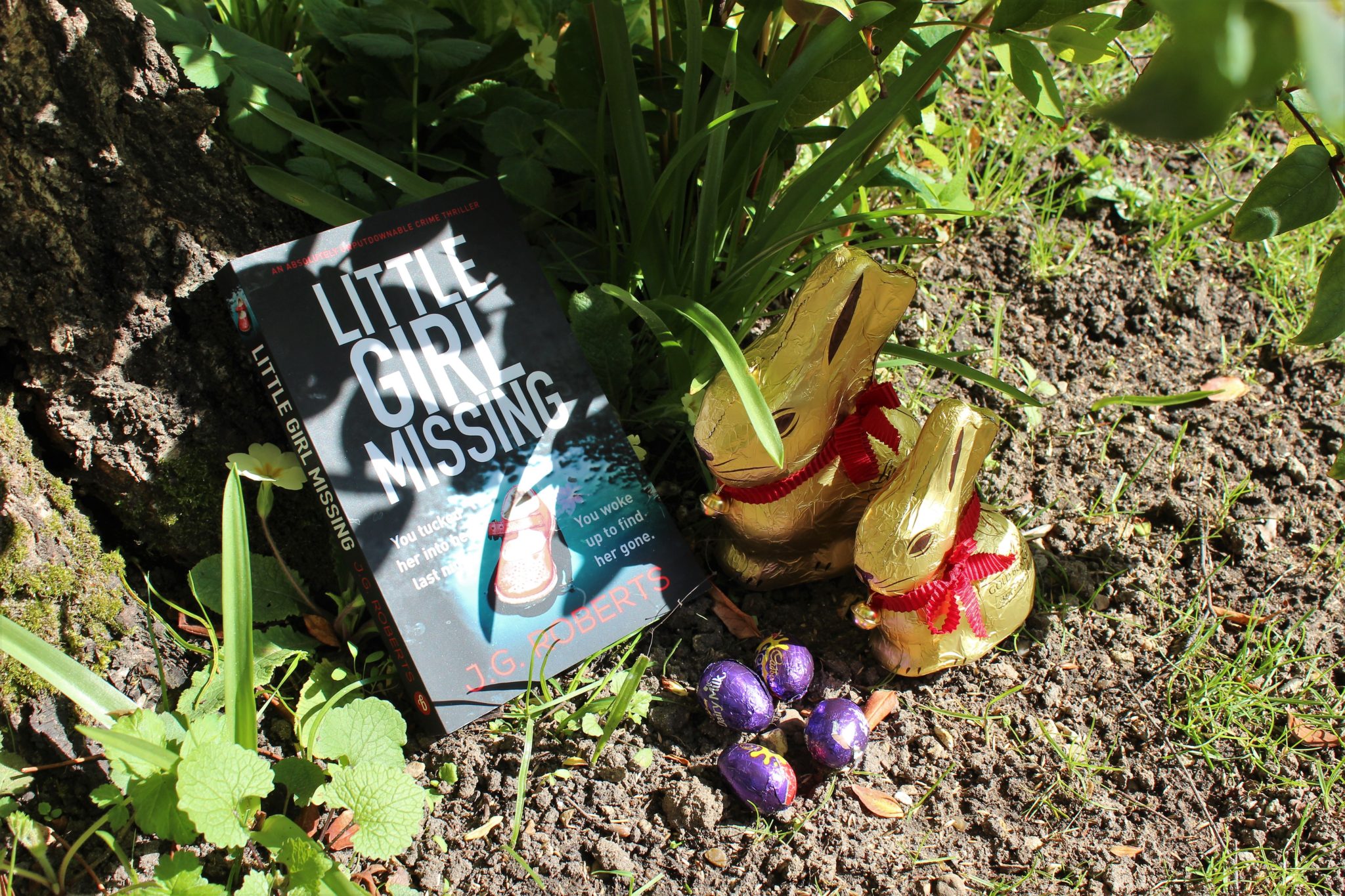

If you have any questions about this scavenger hunt – pop them in the comments below the post. I’d like to remind everyone that Eggscellent Social Media Scavenger Hunt is for fun, for learning, and for getting to know me a little better. For 7 bonus entries: subscribe to my monthly newsletter. Yes, there are bonus opportunities too! For 5 bonus entries: Comment on my last two (2) blog posts OR my last 2 Instagram posts. All email entries must be received by Apby 11:59pm EST to qualify.ģ. Untitled or improperly titled email messages will NOT be accepted. You must put “ Eggscellent Scavenger Hunt” in the Subject line of the email so I’ll see it. You MUST email all of your responses to in order to enter. The FIRST person to get the HIGHEST number of points by answering the questions correctly will be deemed the winner. The gift card code will be emailed to the winner.ġ. A $50 Amazon gift card! This scavenger hunt is open to ANYONE in the world.You might even learn some things along the way or find some new book recommendations, which is always a plus! If you start and stick it through, by the end of the hunt – even if you don’t win a prize – you will have gotten to know me, my blog, and my family a little better. You’ll have two weeks to try and answer as many of the questions listed below correctly. With Easter around the corner, I created a scavenger hunt and I hope many of you will participate and join in the fun! The adventure begins on Monday, Apand ends on Monday, April 15th. 26 March 2017.īunny and eggs: Superbass, CC BY-SA 4.Come one, come all – because the Eggscellent Social Media Scavenger Hunt is about to begin! “Egg Cetera #6: Hunting for the world’s oldest decorated eggs.” University of Cambridge. “Silky Science: Tie-Dyeing Eggs.” Scientific American.In particular, dye molecules interact with slightly negative parts of the eggshell, including the calcium carbonate and some parts of proteins. In an acidic solution, it gains a H+, allowing it to interact with the surface of the eggshell. * Going further: Egg dye molecules are typically sodium salts of a negatively charged molecule called a phenolic acid. Now that you know the chemical principles behind this tradition in addition to some tips and tricks for optimal coloring, there is no reason for not making this Easter your most colorful yet. By adding vinegar to the water, the tie’s dye molecules can be transferred over to the eggshell.

This is because silk ties are usually dyed using dyes that require an acid to bind – the same reason that dyeing eggs requires vinegar. Eventually, some of the dye from the tie will be transferred to the eggshell. Have you ever seen someone dye eggs with a silk tie? (If not, watch this clip from Martha Stewart!) The patterns on a silk tie can be transferred from the tie onto the egg by wrapping the egg in the tie and submerging it in water with vinegar. For a neat science experiment exploring this, click here you can also find this experiment in Dr. Too much vinegar or leaving the egg in the solution too long will eventually dissolve the eggshell. That is why there is an optimal amount of vinegar recommended for the dye solution. This gas forming on the surface of the eggshell can leave behind streaks, causing a blotchy dye job.


This may be true to an extent, but be careful! The acid reacts with calcium carbonate to produce carbon dioxide gas, which will float out of the solution, like carbonation in soda. Have you ever tried changing the amount of vinegar added to your dye solution? Because acid is needed for the dye molecule to stick to the egg, you might predict that adding more vinegar to the solution will give you more colorful eggs.


 0 kommentar(er)
0 kommentar(er)
